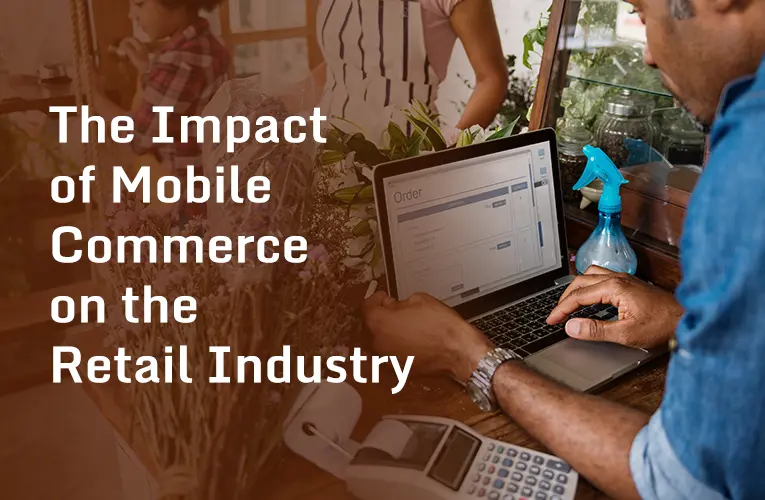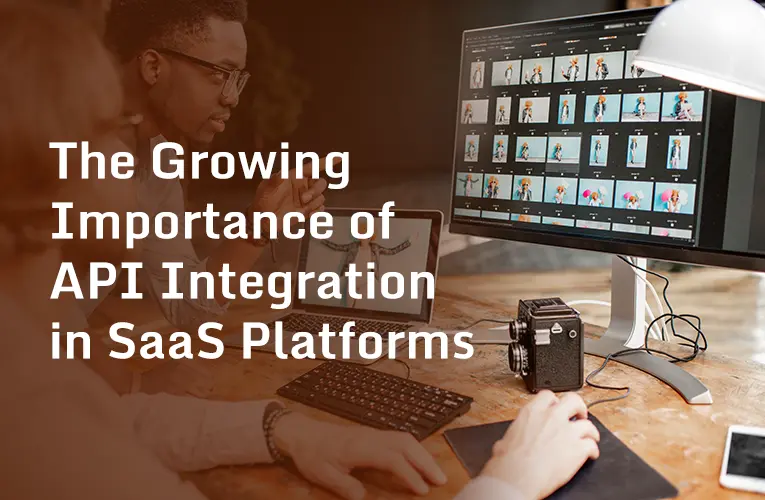The Growing Importance of API Integration in SaaS Platforms: Unlocking Efficiency and Innovation
### What is API Integration?
API integration involves connecting different software applications via APIs, allowing them to communicate and share data in real time. APIs act as intermediaries that define how software components interact, enabling systems to integrate without needing to understand each other’s underlying code. For SaaS platforms, this means integrating with other services, applications, and data sources to enhance their capabilities and offer a more comprehensive solution.
### Types of APIs
1. **REST (Representational State Transfer)**: RESTful APIs use standard HTTP methods and are widely used for web services due to their simplicity and scalability.
2. **SOAP (Simple Object Access Protocol)**: SOAP APIs rely on XML messaging and are known for their robustness and built-in error handling.
3. **GraphQL**: A query language for APIs that allows clients to request specific data, reducing over-fetching and under-fetching of information.
4. **Webhooks**: Webhooks are HTTP callbacks triggered by events, enabling real-time notifications and integrations between systems.
## The Growing Importance of API Integration in SaaS Platforms
### 1. **Enhanced Functionality and Flexibility**
API integration allows SaaS platforms to extend their functionality by connecting with third-party services and applications. This flexibility enables platforms to offer additional features, such as payment processing, customer relationship management (CRM), and analytics, without having to develop these components in-house.
#### Example: CRM Integration
A SaaS platform that offers project management tools can integrate with popular CRM systems like Salesforce or HubSpot. This integration enables users to sync customer data, track interactions, and manage sales pipelines directly from the project management interface, providing a seamless experience and improved workflow.
### 2. **Streamlined Data Exchange**
Seamless data exchange between SaaS platforms and other systems is crucial for operational efficiency. API integration facilitates the automatic transfer of data, reducing the need for manual data entry and minimizing the risk of errors.
#### Example: Accounting Software Integration
Integrating a SaaS-based invoicing system with accounting software ensures that invoices, payments, and financial records are automatically updated across both platforms. This integration eliminates duplicate data entry, streamlines financial reporting, and improves accuracy.
### 3. **Improved Automation**
API integration enhances automation by connecting various applications and services, allowing workflows to be executed without manual intervention. This automation reduces operational costs, increases productivity, and accelerates business processes.
#### Example: Marketing Automation
A SaaS platform that provides marketing automation can integrate with email marketing tools, social media platforms, and lead generation systems. This integration enables automated email campaigns, social media posts, and lead nurturing, optimizing marketing efforts and improving ROI.
### 4. **Scalability and Growth**
As businesses grow, their software needs become more complex. API integration allows SaaS platforms to scale their offerings by connecting with additional services and applications. This scalability ensures that platforms can adapt to changing business requirements and continue to deliver value as organizations expand.
#### Example: E-Commerce Scalability
An e-commerce SaaS platform can integrate with various payment gateways, shipping providers, and inventory management systems. This scalability allows the platform to handle increased transaction volumes, manage diverse product catalogs, and support international sales, all while maintaining a seamless user experience.
### 5. **Enhanced User Experience**
API integration contributes to a more cohesive and user-friendly experience by enabling different applications and services to work together seamlessly. Users benefit from a unified interface and streamlined workflows, leading to increased satisfaction and engagement.
#### Example: Single Sign-On (SSO)
Integrating SSO functionality allows users to access multiple SaaS applications with a single set of credentials. This integration simplifies the login process, enhances security, and reduces the need for password management, improving the overall user experience.
## Challenges of API Integration
### 1. **Security Concerns**
API integration introduces potential security risks, including data breaches and unauthorized access. Ensuring secure API connections and protecting sensitive data are critical considerations for SaaS platforms.
#### Mitigation Strategies:
– **Authentication and Authorization**: Implement robust authentication mechanisms such as OAuth and API keys to control access.
– **Encryption**: Use encryption protocols like TLS/SSL to secure data transmitted via APIs.
– **Regular Audits**: Conduct regular security audits and vulnerability assessments to identify and address potential risks.
### 2. **Compatibility Issues**
Different APIs may have varying standards, protocols, and data formats, leading to compatibility challenges. Ensuring that APIs work seamlessly together requires careful planning and testing.
#### Mitigation Strategies:
– **Standardization**: Adopt industry-standard APIs and protocols to minimize compatibility issues.
– **Testing**: Perform thorough testing of API integrations to identify and resolve compatibility issues before deployment.
### 3. **Maintenance and Updates**
APIs are subject to updates and changes that can affect integration functionality. Keeping track of API changes and maintaining compatibility requires ongoing effort and monitoring.
#### Mitigation Strategies:
– **Versioning**: Use API versioning to manage changes and ensure backward compatibility.
– **Documentation**: Maintain up-to-date documentation to facilitate troubleshooting and adaptation to API changes.
### 4. **Performance and Latency**
API integration can impact system performance and introduce latency, particularly if APIs are slow or unreliable. Optimizing API performance and minimizing latency are essential for maintaining a smooth user experience.
#### Mitigation Strategies:
– **Caching**: Implement caching mechanisms to reduce the impact of slow API responses.
– **Load Balancing**: Use load balancing to distribute traffic and optimize API performance.
## Future Trends in API Integration
### 1. **API Economy and Marketplace**
The growth of the API economy is leading to the rise of API marketplaces where developers and businesses can discover, buy, and sell APIs. These marketplaces facilitate easier access to a wide range of APIs, promoting innovation and collaboration.
#### Example: API Marketplaces
Platforms like RapidAPI and ProgrammableWeb offer extensive directories of APIs, allowing businesses to find and integrate APIs that meet their needs quickly. These marketplaces also provide analytics and management tools to help users optimize their API usage.
### 2. **AI and Machine Learning Integration**
The integration of AI and machine learning into APIs is enhancing the capabilities of SaaS platforms. APIs powered by AI can provide advanced analytics, predictive insights, and automated decision-making, driving further innovation and efficiency.
#### Example: AI-Powered APIs
AI-driven APIs, such as those for natural language processing (NLP) and image recognition, enable SaaS platforms to incorporate advanced features without developing them in-house. These APIs offer capabilities like sentiment analysis, automated customer support, and visual search.
### 3. **Microservices Architecture**
The adoption of microservices architecture is transforming API integration by promoting modular and scalable software design. Microservices involve breaking down applications into smaller, independent services that communicate via APIs, enhancing flexibility and resilience.
#### Example: Microservices in SaaS
A SaaS platform built using microservices can integrate with various external services through APIs, allowing different components to be developed, deployed, and scaled independently. This architecture improves maintainability and enables rapid innovation.
### 4. **API-First Approach**
The API-first approach emphasizes designing APIs before developing the associated application, ensuring that APIs meet user needs and business requirements from the outset. This approach promotes better API design, documentation, and consistency.
#### Example: API-First Design
Companies adopting an API-first approach, such as Stripe and Twilio, prioritize API design in their development process, resulting in well-documented and user-friendly APIs that enhance integration and adoption.
## Conclusion
API integration is a critical component of modern SaaS platforms, enabling enhanced functionality, streamlined data exchange, automation, scalability, and improved user experiences. As the digital landscape continues to evolve, the importance of API integration will only grow, driving innovation and efficiency across industries. By understanding the benefits, challenges, and future trends associated with API integration, businesses can leverage this powerful technology to unlock new opportunities, optimize operations, and deliver value to their users. Embracing API integration is not just a technical necessity but a strategic advantage that can propel SaaS platforms to new heights of success and impact.










